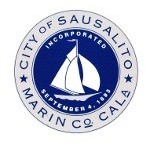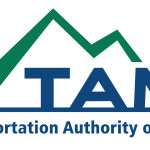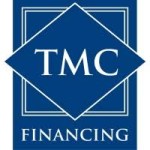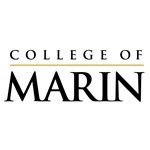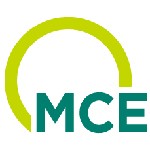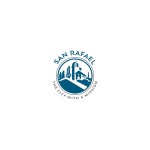06/22 Blog Topic: “NextGen” Marin companies are growing in numbers and that is a good thing
June 2022
| When COVID first hit and the Marin economy was shut down, stories of business closures started to trickle in. Some of the businesses had been serving the local community for 20, 30, even 40 years and now they met a premature end. In economic terms, we observed that businesses were not “resilient” – they didn’t have resources to withstand the economic shock. In human terms, we knew it simply seemed unfair. As this story played itself out across the country, another story was emerging, though not as visible: business license applications were soaring, averaging almost 400,000 per month nationally during 2021, an increase of over 25% from pre-pandemic times. Here in Marin County, applications were up almost 10% in 2020 vs. 2019 with a total of 3,025 licenses issued. Among these thousands of new businesses were those with a specific characteristic: a Marin-based founder looking well beyond Marin’s borders for customers. This is what I refer to as the “nextgen” Marin company: created by entrepreneurs who live in Marin but with the intent of selling goods and services outside of Marin, and often globally, relying on a distributed workforce with little to no office footprint. These companies are also geared to grow very fast, all while placing core values that most of us follow in Marin, such as sustainability and equity, at the front of their business models. One example is NewRetirement in Mill Valley, founded by Steve Chen who is also a Mill Valley resident. NewRetirement is a technology company that is making financial planning more understandable and effective for a growing number of Americans. In a short period of time, NewRetirement has attracted over 200,000 people to its free platform and signed-up over 7,000 paying customers, with a goal of getting to millions one day. In an interview with Marin Sonoma Impact Ventures, a venture fund and social enterprise supporting Marin start-ups, Chen talks about how excited he is about the entrepreneurial community in Marin and the “huge amount of intelligent, successful innovators who are community-minded.” The importance of the proliferation of these kinds of businesses cannot be overstated. Let’s go back to the resiliency issue. Businesses that rely on single markets (in this case the Marin market) will always be susceptible to localized economic shocks. Here in the North Bay, we have seen an increase in the number of natural disasters and power shutoffs that constrain business operations. There is little reason to think that will end, so businesses need to not only be prepared for disasters but think about what they can do to keep revenue streams flowing when their customer base cannot or will not consume their goods and services. The answer is having alternative markets and many entrepreneurs are figuring that out as they define their business models, even if they started their companies by selling locally. Second, from an economic perspective, every region needs to have a certain percentage of revenue derived from outside the region, so called “tradable goods and services.” The tradable sector, composed of companies like NewRetirement, produces goods and services that are “traded” to residents in other cities or countries and provides major opportunities for growth in revenues and incomes. In contrast, the non-tradable sector services the local population including Marin’s restaurants, yoga studios, and real estate agencies. The most successful regions are those that have a good balance of businesses providing tradable and non-tradable goods. A review of the 5 largest industry employers in Marin shows a disproportionate number in the non-tradable categories of: restaurants, outpatient health care, non-profit and human services, government and professional services. Retail trade and construction alone are responsible for approximately 13% of Marin’s $20+ billion gross domestic product. It’s not that firms operating in the non-tradable goods and service sector present a problem for Marin; they are necessary and loved by our community. However, there is an important need to grow the number of companies providing tradable goods and services. Economic literature confirms that wages in the tradable sector are typically higher than those of the non-tradable sector, due to higher skills demands to perform those jobs. With a rising cost of living and the need to attract and retain local talent, Marin can greatly benefit from an increased number of good paying jobs in the tradable sector. Growth of these higher wage jobs is also critical if we want to create pathways to economic mobility in Marin, securing better wage opportunities for our lower income residents with appropriate job training. Growth of tradable goods and services firms in Marin is not only the responsibility of private sector. Public sector has a role to play through traditional economic development approaches, including business attraction, workforce development or policy measures that allow companies to grow. To this latter point, the City of Novato deserves great credit for its recent approval of an ordinance to allow larger scale buildings for life sciences companies located in the Bel Marin Keys Industrial Park. Life sciences companies are the epitome of the “nextgen” Marin company; serving global markets with incredible innovation and creating good high wage jobs for our residents. |
Mike Blakeley, CEO
Marin Economic Forum







